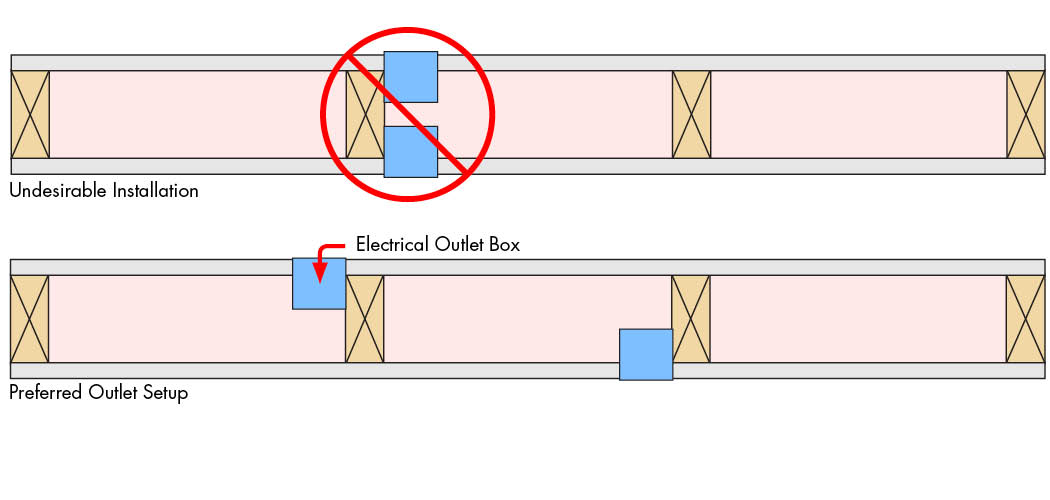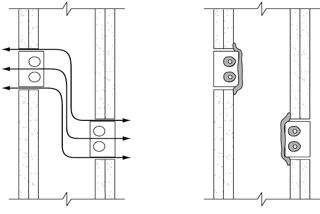You talking about this :::????
SECTION 310 RESIDENTIAL GROUP R
310.1 Residential Group R. Residential Group R includes, among others, the use of a building or structure, or a portion thereof, for sleeping purposes when not classified as an Institutional Group I or when not regulated by the International Residential Code in accordance with Section 101.2. Residential occupancies shall include the following:
R-1 Residential occupancies containing sleeping units where the occupants are primarily transient in nature, including:
Boarding houses (transient)
Hotels (transient)
Motels (transient)
Congregate living facilities (transient) with 10 or fewer occupants are permitted to comply with the construction requirements for Group R-3.
R-2 Residential occupancies containing sleeping units or more than two dwelling units where the occupants are primarily permanent in nature, including:
Apartment houses
Boarding houses (nontransient)
Convents
Dormitories
Fraternities and sororities
Hotels (nontransient)
Live/work units
Monasteries
Motels (nontransient)
Vacation timeshare properties
Congregate living facilities with 16 or fewer occupants are permitted to comply with the construction requirements for Group R-3.
R-3 Residential occupancies where the occupants are primarily permanent in nature and not classified as Group R-1, R-2, R-4 or I, including:
Buildings that do not contain more than two dwelling units.
Adult care facilities that provide accommodations for five or fewer persons of any age for less than 24 hours.
Child care facilities that provide accommodations for five or fewer persons of any age for less than 24 hours.
Congregate living facilities with 16 or fewer persons.
Adult care and child care facilities that are within a single-family home are permitted to comply with the International Residential Code.
R-4 Residential occupancies shall include buildings arranged for occupancy as residential care/assisted living facilities including more than five but not more than 16 occupants, excluding staff.
Group R-4 occupancies shall meet the requirements for construction as defined for Group R-3, except as otherwise provided for in this code or shall comply with the International Residential Code provided the building is protected by an automatic sprinkler system installed in accordance with Section 903.2.8.
310.2 Definitions. The following words and terms shall, for the purposes of this section and as used elsewhere in this code, have the meanings shown herein.
BOARDING HOUSE. A building arranged or used for lodging for compensation, with or without meals, and not occupied as a single-family unit.
CONGREGATE LIVING FACILITIES. A building or part thereof that contains sleeping units where residents share bathroom and/or kitchen facilities.
DORMITORY. A space in a building where group sleeping accommodations are provided in one room, or in a series of closely associated rooms, for persons not members of the same family group, under joint occupancy and single management, as in college dormitories or fraternity houses.
PERSONAL CARE SERVICE. The care of residents who do not require chronic or convalescent medical or nursing care. Personal care involves responsibility for the safety of the resident while inside the building.
RESIDENTIAL CARE/ASSISTED LIVING FACILITIES. A building or part thereof housing persons, on a 24-hour basis, who because of age, mental disability or other reasons, live in a supervised residential environment which provides personal care services. The occupants are capable of responding to an emergency situation without physical assistance from staff. This classification shall include, but not be limited to, the following: residential board and care facilities, assisted living facilities, halfway houses, group homes, congregate care facilities, social rehabilitation facilities, alcohol and drug abuse centers and convalescent facilities.
TRANSIENT. Occupancy of a dwelling unit or sleeping unit for not more than 30 days.


